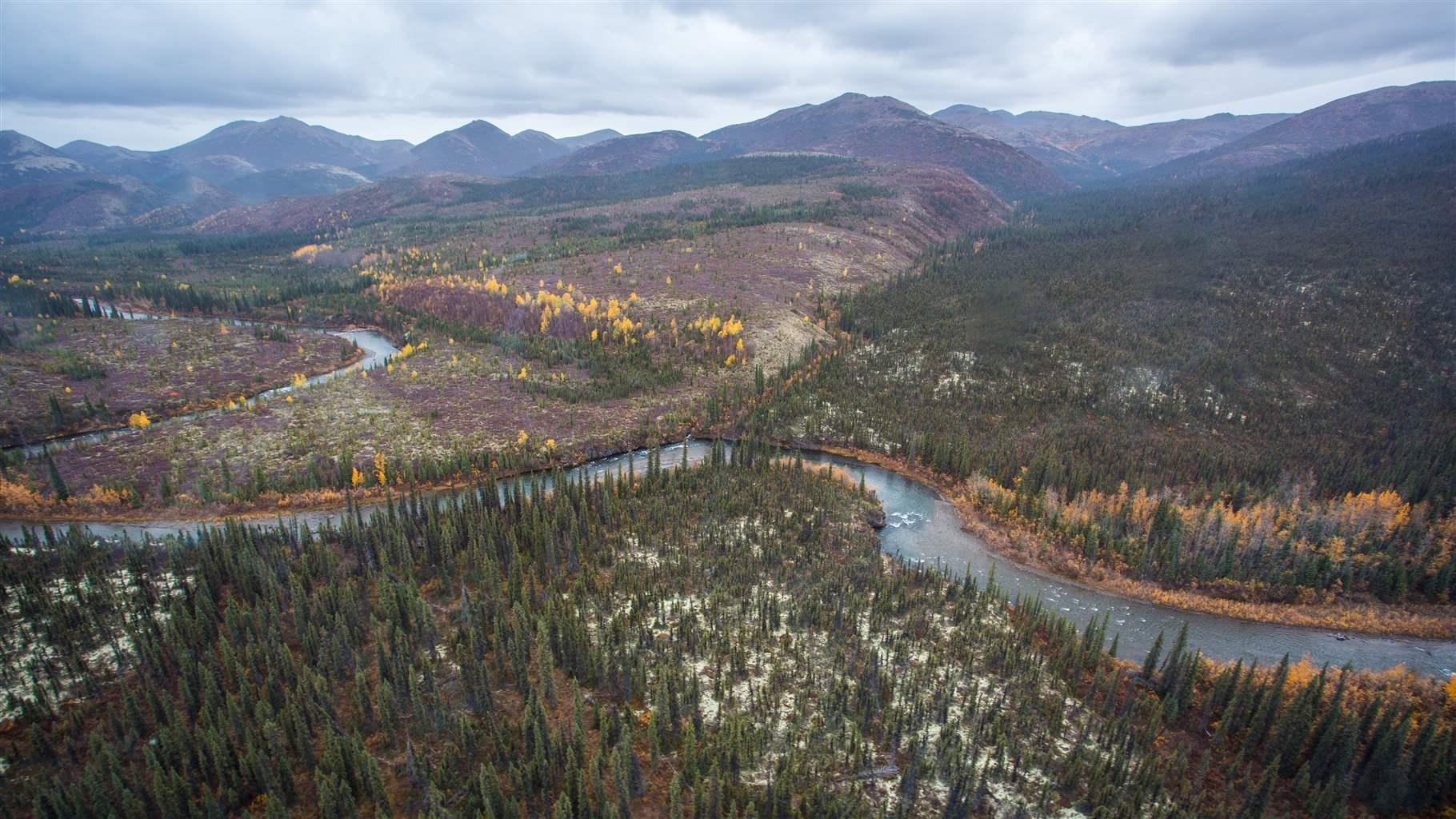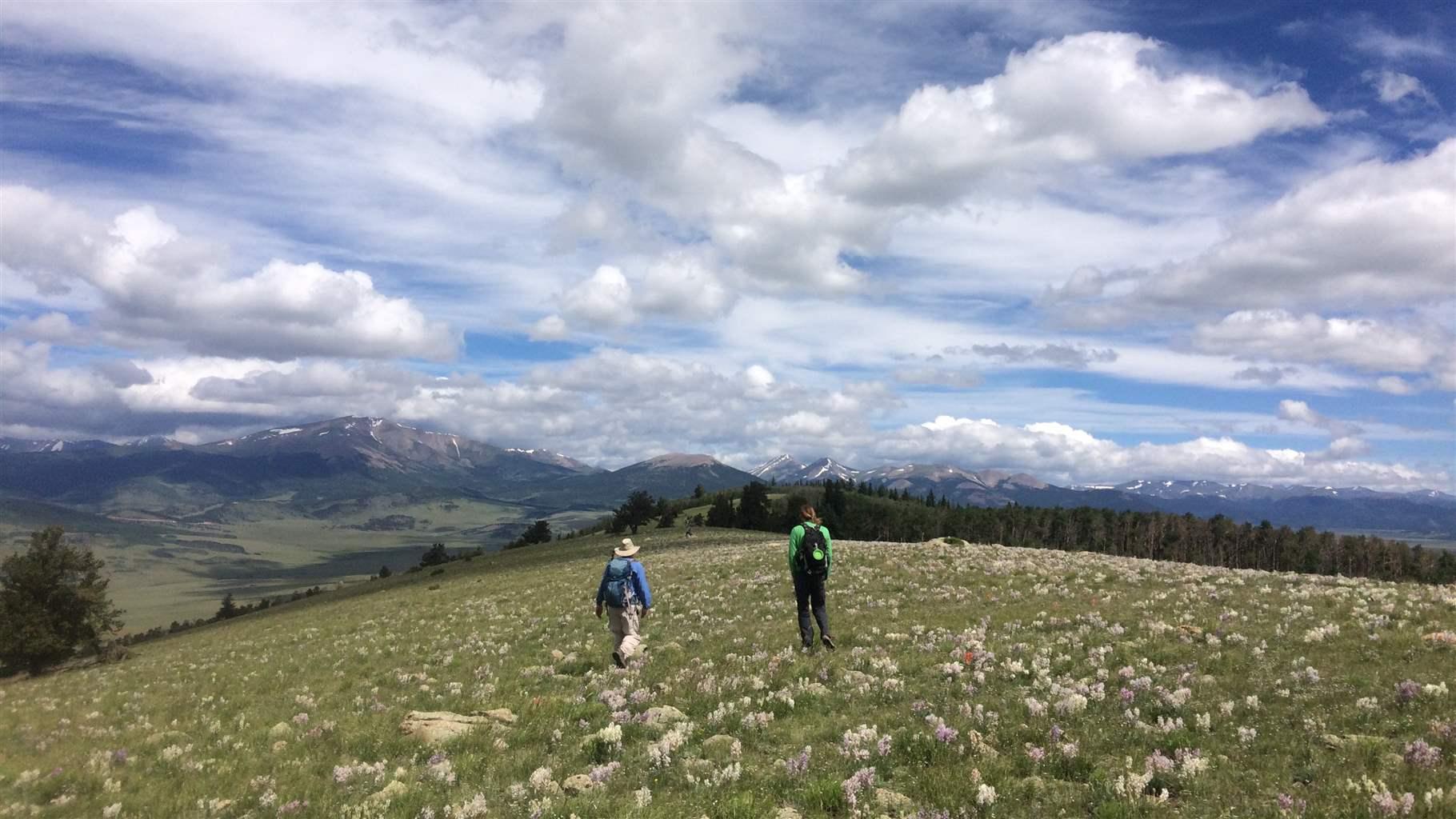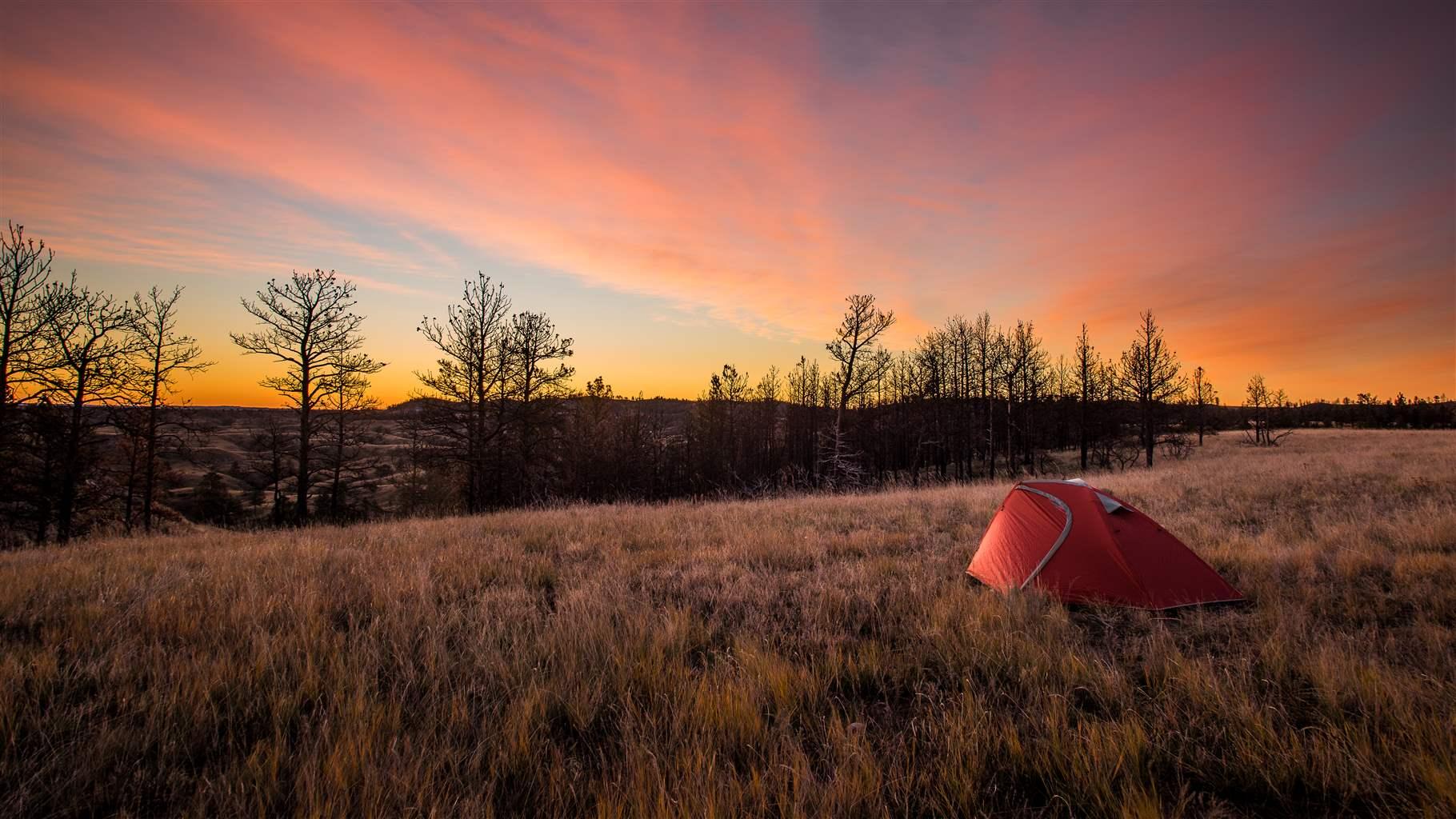Biden Administration Has Opportunity to Protect Remarkable Public Lands
Restoring Bureau of Land Management conservation focus would bring far-reaching benefits

The conservation of our public lands experienced a series of setbacks during the Trump presidency. Although many are familiar with the rollback of protections in high-profile places such as the Arctic National Wildlife Refuge, the Tongass National Forest in southeastern Alaska, and the Bears Ears and Grand Staircase-Escalante national monuments in Utah, the Trump administration implemented policy changes on many lesser-known public spaces overseen by the Bureau of Land Management (BLM).
The BLM is the nation’s largest public land manager, charged with balancing conservation, recreation, and development across millions of acres, mostly in the West. The Trump administration, pursuing an agenda of “energy dominance,” sought to use BLM resource management planning (RMP) processes not only to open the vast majority of that acreage to oil and gas development but also to eliminate existing conservation measures.
President Joe Biden has already signaled a course correction. He has pledged to address climate change, protect 30% of U.S. lands and waters by 2030, and achieve more equity in conservation decisions by fully engaging Indigenous peoples. BLM’s planning processes for RMPs are an important mechanism for accomplishing these long-overdue goals, and here’s how the Biden administration can improve RMPs in five states.
Alaska
The last administration advanced but didn’t finalize three plans covering 48 million acres of public land in Alaska. One, for the National Petroleum Reserve-Alaska (NPRA)—which is located west of the Arctic National Wildlife Refuge and is the largest contiguous block of public lands in the nation—would remove 7 million acres from protected status. Another, the Bering Sea-Western Interior RMP, encompassing the lower Kuskokwim and Yukon river basins, ignored recommendations from dozens of tribal communities to protect key watersheds as areas of critical environmental concern and instead would eliminate almost 2 million acres of these protected lands. Because those plans weren’t published in the Federal Register, they are not yet legally in place. BLM also released a draft RMP for the Central Yukon that similarly ignored tribal interests. The Biden administration should rectify these problems by consulting with the region’s Indigenous communities, supplementing the Bering Sea and Central Yukon plans to properly and fully incorporate tribal concerns.
Colorado
For Colorado’s Royal Gorge region along the Arkansas River, BLM issued a draft plan in 2019 that overemphasized oil and gas development. The bureau discounted public comments and input from other agencies that overwhelmingly supported protection of recreation and lands with wilderness characteristics. BLM should issue a supplemental draft plan that welcomes—and considers—public comment and proposes balanced management.
Montana
In Montana, BLM finalized two plans during the Trump administration, one each for the Lewistown and Missoula areas. These plans remain in legal limbo similar to the two Alaska plans. Both Montana plans prioritized oil and gas leasing above other uses, removed nearly all existing areas of critical environmental concern, and protected no lands with wilderness characteristics. We encourage the BLM to reissue draft plans and provide additional opportunity for public comment.
New Mexico
BLM also advanced a plan for public lands surrounding the World Heritage Site at New Mexico’s Chaco Canyon, which preserves one of the nation’s most important pre-Columbian cultural and historical areas. Despite already having leased 92% of the lands within the planning area, BLM proposed reducing safeguards for areas of critical environmental concern and didn’t include any protections for lands with wilderness characteristics. We encourage BLM to prohibit mining and mineral extraction near the Chaco Cultural Heritage Area by implementing a protective buffer of at least 10 miles around the site, as requested by tribes, conservation organizations, and congressional leaders.
Farther south, BLM’s draft RMP for lands near Carlsbad would leave 97% of them open to energy development and less than 1% of agency-identified lands with wilderness characteristics protected. BLM should fully consider the impacts of such intensive oil and gas development on public health, climate, water and air, cultural resources, wildlife habitat, and the landscape itself—both at and below ground level—which is similar to that of nearby Carlsbad Caverns.
Oregon
BLM’s May 2019 RMP for southeastern Oregon’s high desert favored development over conservation. Despite the agency’s own findings of 1.24 million acres with wilderness characteristics, the draft did not include any protections for such lands, ignoring the recommendations put forward by the local advisory committee. As BLM prepares the final environmental impact statement and proposed plan, we encourage the agency to fully consider advisory committee recommendations on designation of lands with wilderness characteristics.
The Biden administration has excellent opportunities to advance its climate and conservation goals through BLM land management planning processes. And if it does so thoughtfully, basing its policies on solid science and public input, the administration can help protect and sustain these ecologically, culturally, and economically valuable public landscapes for future generations.
Ken Rait is a project director with The Pew Charitable Trusts’ U.S. public lands and rivers conservation project.








